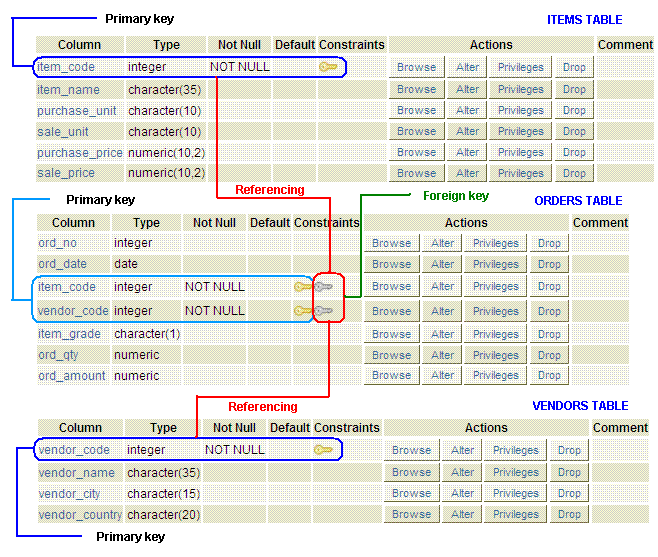

Transactions are often composed of multiple statements. Main article: Atomicity (database systems) These four properties are the major guarantees of the transaction paradigm, which has influenced many aspects of development in database systems.Īccording to Gray and Reuter, the IBM Information Management System supported ACID transactions as early as 1973 (although the acronym was created later). In 1983, Andreas Reuter and Theo Härder coined the acronym ACID, building on earlier work by Jim Gray who named atomicity, consistency, and durability, but not isolation, when characterizing the transaction concept. For example, a transfer of funds from one bank account to another, even involving multiple changes such as debiting one account and crediting another, is a single transaction. In the context of databases, a sequence of database operations that satisfies the ACID properties (which can be perceived as a single logical operation on the data) is called a transaction. In computer science, ACID ( atomicity, consistency, isolation, durability) is a set of properties of database transactions intended to guarantee data validity despite errors, power failures, and other mishaps. JSTOR ( May 2018) ( Learn how and when to remove this template message).Unsourced material may be challenged and removed. Please help improve this article by adding citations to reliable sources. New rows will continue with the next number of the sequence.This article needs additional citations for verification. However, you can qualify the query so that it also truncates all tables with references to the listed tables (although I have not tried this): TRUNCATE TABLE table1, table2, table3 CASCADE īy default, the sequences of these tables do not restart numbering. If a table other than those listed references a row of one of these tables, the query will fail.

The following quickly deletes all rows from tables table1, table2, and table3, provided that there are no references to rows of these tables from tables not listed: TRUNCATE TABLE table1, table2, table3 Īs long as references are between the tables listed, PostgreSQL will delete all the rows without concern for referential integrity. Use TRUNCATE TABLE as follows: TRUNCATE TABLE I found the answer, suggested elsewhere on SO. I also had to do this, but as part of a test suite. (This answer assumes your intent is to delete all of the rows of these tables, not just a selection.) Billy's right all round but unfortunately I can't accept his comment as the answer!
#POSTGRESQL CONSTRAINT UPDATE#
duplicated (& non indexed).įinal update - I dropped the self referential foreign key, did my delete and added it back in. However, I have discovered that the table from which I'm trying to delete has a self referential foreign key. I'm worried that rebuilding the constraint is going to take ages given the size of my tables.Įdit: after Billy's encouragement I've tried doing the delete without changing any constraints and it takes in excess of 10 minutes. The other option is to drop the constraint and then reinstate it. PostGres appears to let me disable constraint triggers if I am a super user (I'm not, but I am logging in as the user that owns/created the objects) but that doesn't seem to be quite what I want.

I know that if I try doing this with the fk constraint enabled it's going to take an unacceptable amount of time.Ĭoming from an Oracle background my first thought was to disable the constraint, do the delete & then reenable the constraint.

I need to delete about 75000 rows from both tables. I have a table with approx 5 million rows which has a fk constraint referencing the primary key of another table (also approx 5 million rows).


 0 kommentar(er)
0 kommentar(er)
